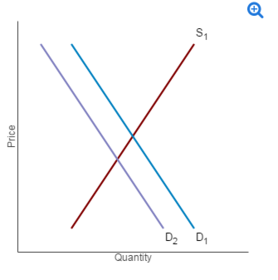Business/Economics FlashCards sobre Chapter 5 Homework, criado por void pickle em 19-10-2016.
Pin adicionado em
15180
2
0
Sem etiquetas
|
|
Criado por void pickle
aproximadamente 8 anos atrás
|
|
Fechar





